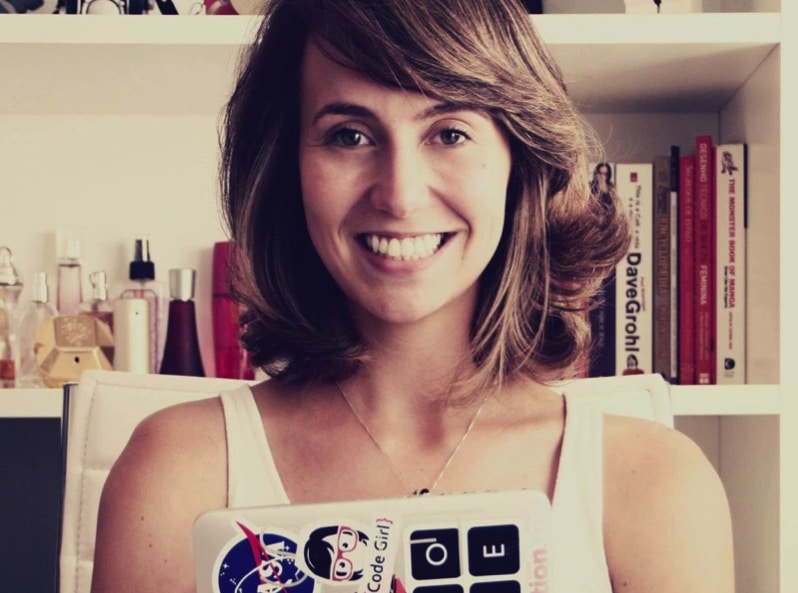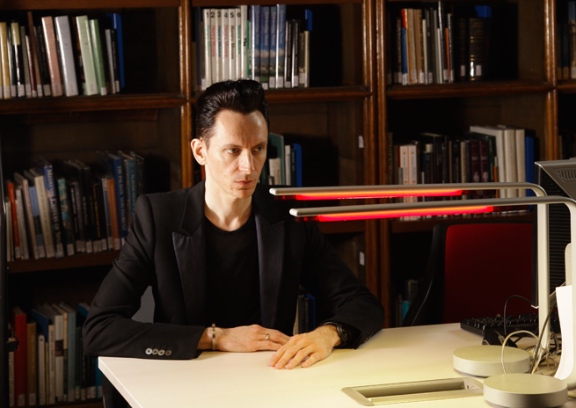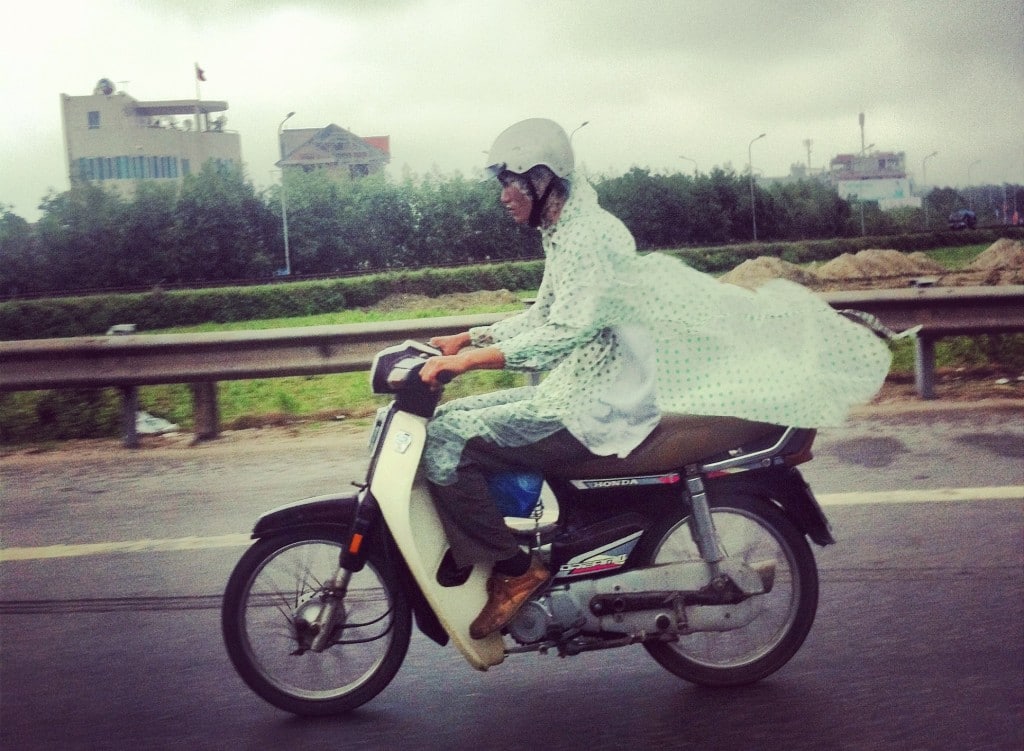Since the Atlas launch just a few months ago we’ve seen some of the most forward-thinking and insightful minds on the planet walk through our virtual doors. We call these high profile futurists, farmers, tech stars, entrepreneurs, 3D computational artists, design economists and epic people doing things differently ‘FutureFixers’.
Each one inspires us with what really matters – from cunning ways of solving the housing crisis, to 4D printing edible electronics, to creating empathy for refugees through virtual reality, to one man’s path to being cryogenically frozen (simply so he can do more).
Now we’re on the hunt for people to interview in 2016. Nominate someone today by mailing us to tell us why they deserve to be profiled. From São Paulo to Seattle to Devon, here are some of the people who we got to chew the future fat with recently…
1. Mark Stevenson, futurist author

Bold optimism and future POW!
“Batman doesn’t come on screen and go: ’I will have underfloor heating’. That’s not his motivation. Batman has a ‘bigger than me’ project – as do the people we aspire to be, or the people we want to sleep with. The people you want to hang out with at parties are people who have something more than themselves. People with a project that’s only the same size as they are can only talk about their kitchen.”
Read why the pragmatic optimist wants to be filed next to Beyoncé here.
2. Camila Achutti, Mulheres na Computaçao

Brazil’s leading grrrrl geek
“We can change the world one girl at a time. I grew up listening to my dad talking in COBOL on the phone. For me it was like a secret language that could solve problems and something I needed to learn in order to help the world. And maybe save it. I hope to see a revolution in tech in my own lifetime – a major change which leads to women realising their potential and starting to work on the key global issues.”
Learn more about technology’s power to change the world from the tech evangelist here.
3. Peter Crnokrak, 3D computational artist

Data is big and beautiful
“Data visualisation is the new poetry. Poetry exists to use a vehicle to try to impart experience onto someone else, so it’s the bridge between one thing and another. My work revolves around emotions and connectivity. You can never see the forest from the trees. At the moment all we are able to see are the trees, but the forest is much more important. That’s big data.”
Explore the beauty of maths, transmitting emotions as visuals and data selfies with the ex-geneticist and ‘data-friendly Elvis’ here.
4.Ramez Naam, science fiction author

More than human
“Transhumanism is a weird word to most people. If you have a cell phone, you are already transhuman as you have abilities above your human ancestors. If you have learned to read and write, take a birth control pill or have an IUD, you are transhuman. What is literacy, but an augmentation? It fundamentally changes the brain to be able to read and write. ”
The Cairo-born futurist, technologist and award-winning writer covers Elon Musk and L. Ron Hubbard, daydreaming and ADHD, and human enhancement here.
5. Rebecca Hosking, Village Farm

Wild at heart
“We can’t solve any of the other problems we face on an empty stomach. Being able to feed ourselves and access clean drinking water using minimal amounts of energy is clearly a logical place to start. There are decades of work still to do here. I don’t think we’ve even begun to scratch the surface of what truly regenerative ecology and sustainable food looks like on this land.”
The Devon dairy farmer’s daughter gets stuck into food, stock and how we treat our environment here.

The heroine of virtual reality
“For us, the unrest in Syria couldn’t go ignored. The refugee story is one that people have heard before, but not many have experienced. Technology and virtual reality give us the opportunity to bring people inside of the story. And that’s what we’re spending a lot of brainpower doing at Vrse, our virtual reality studio.”
The producer behind top directors Terry Gilliam, Chris Milk, Spike Jonze and Robert Redford takes us behind the scenes of virtual reality and collaborating with the UN here.

Property, plywood and power
“Architecture is a weird, narrow thing. I always had this sense that there must be a way to make design more useful. There is only one design idea that you really need – democracy. In the most literal sense, ‘demos – kratos’, which means ‘people – power’. Lots of people believe democracy is just a form of government. It’s not. Democracy is a design diagram, how you push as much of the rights and power as possible to greatest number.”
The ‘accidental’ design economist explains the housing crisis, his love of YouTube kittens and why he wants to control time here.
Coming soon: FutureHero interviews with Steve Rader, NASA’s Deputy Manager for the Center of Excellence for Collaborative Innovation, and award-winning director and ‘experience designer’ Nelly Ben-Hayoun. Don’t forget to recommend your FutureHero here.
Main image: ‘Committed to the future’ by Brendan Ó Sé

